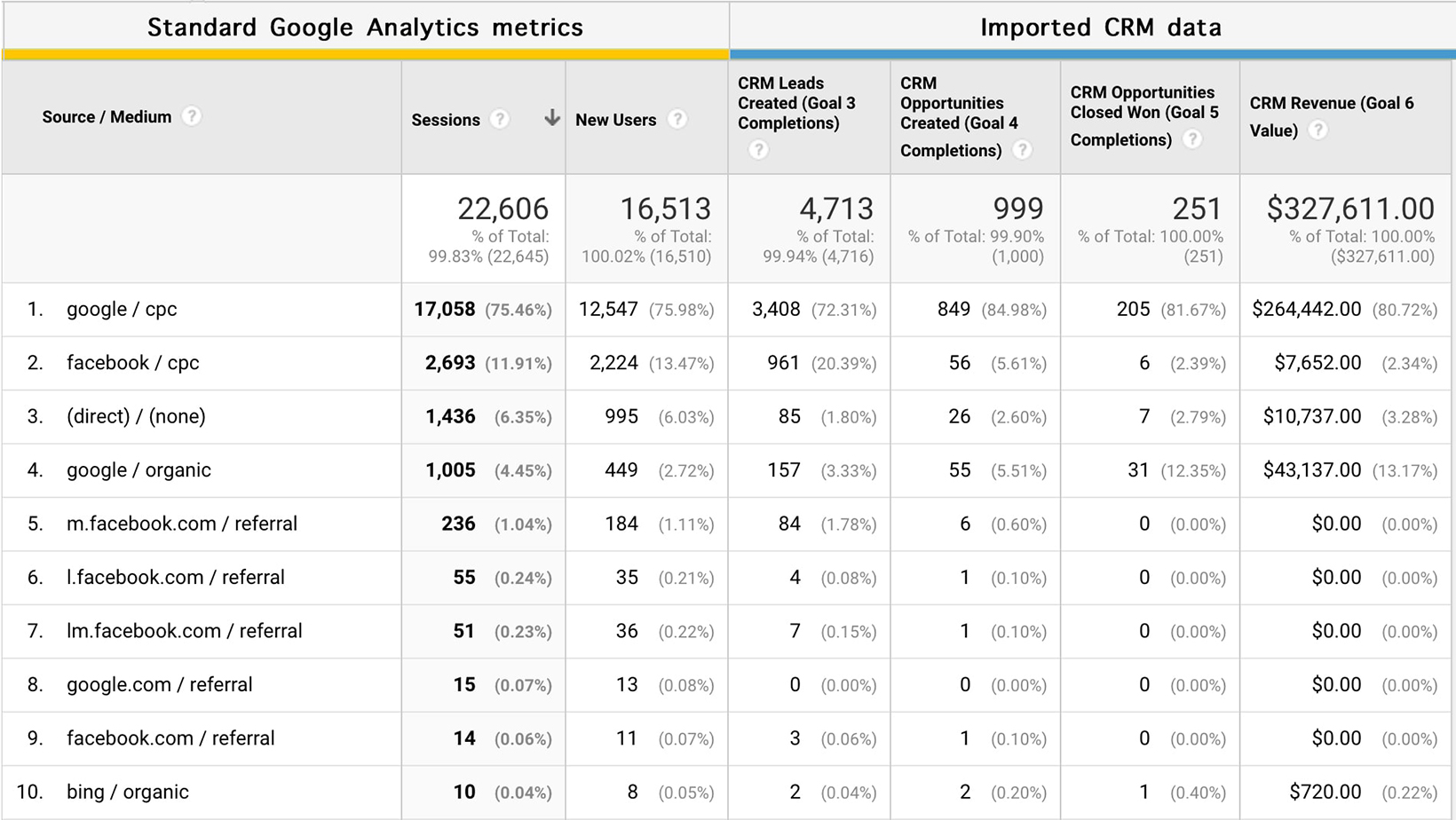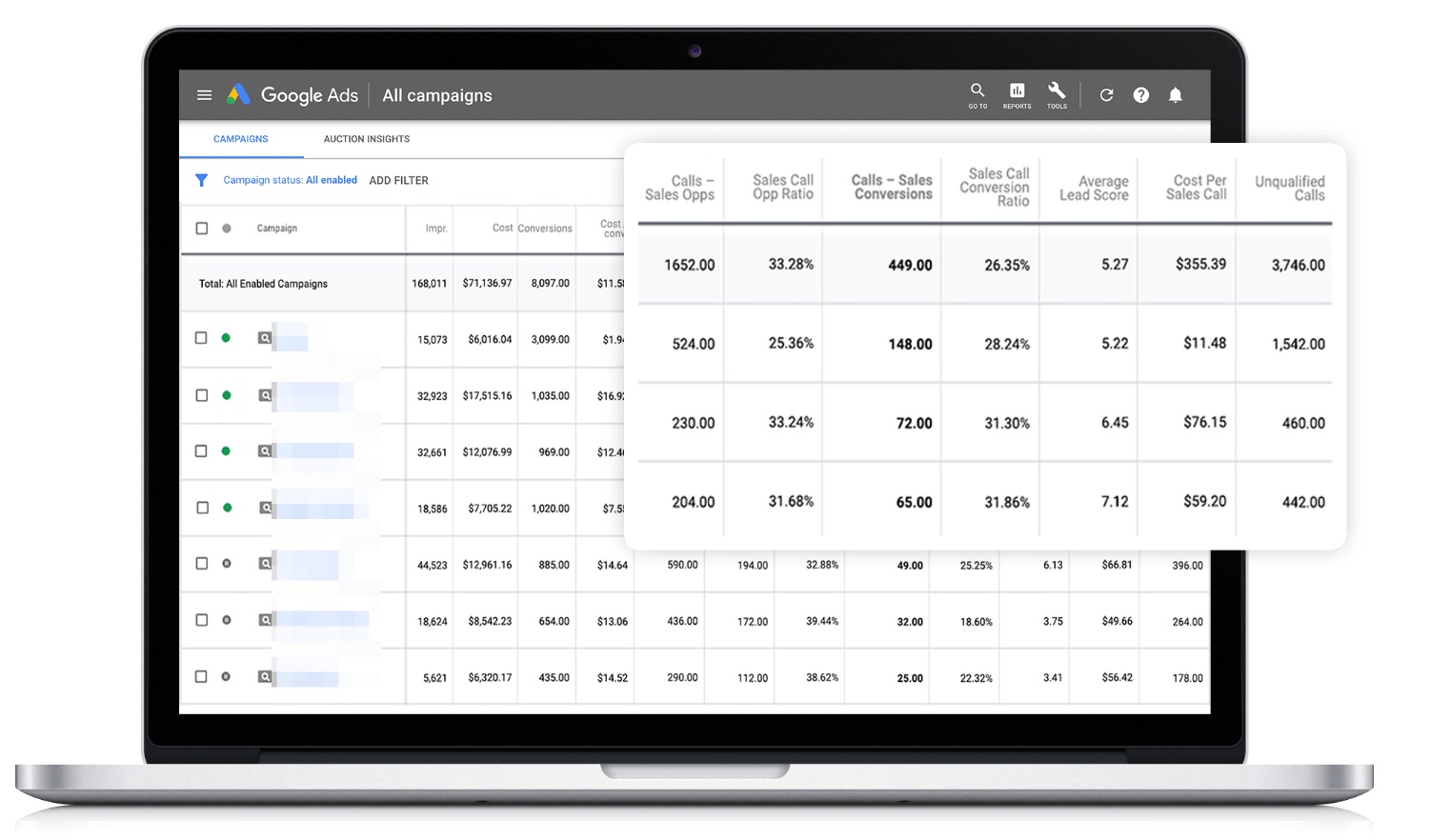15 Jan How to Leverage First-Party Data to Boost PPC Performance via @iambenwood
Most experts believe that the future of PPC will revolve around:
- An expanded use of automation.
- More advanced audience targeting.
PPC practitioners now have a decreasing amount of control over accounts as Google pushes increased use of automation under their Smart Bidding umbrella.
With greater control of PPC accounts now being handed over to machines to manage, the need to incorporate valuable first-party data to feed machine learning has never been greater.
Here we outline how exactly first-party data can be used to power PPC campaigns and improve results.
What is First-Party Data?
First-party data is the data you’ve collected directly on your own audience. This data is typically collected through marketing activities such as:
- Events.
- Email subscriptions.
- Resource downloads.
- Form submissions.
- Any data collected through web analytics platforms such as Google Analytics.
The issue with first-party data is that it’s often spread across disparate platforms and rarely connected and used as a single source of truth.
For example, a company may collect website user behavior data in a web analytics platform and customer data in a CRM system. Very rarely do companies connect these data sources effectively.
As a first step, integrating your key data sources is necessary if you want to use more of that valuable first-party data for PPC optimization.
Luckily, there are some tried and tested methods of linking up CRM data with Google Analytics before feeding this data back into Google Ads for optimization purposes.
1. Integrate Data Sources with Google Analytics
Google Analytics tracks standard online conversion data by default. However, it does not report on:
- The outcome of a conversation a prospect may have with your sales team, whether a phone call has resulted in a sale.
- The value of any leads your sales team may convert once an lead has been generated by your website or app.
The kind of data needed for more accurate PPC decision making includes measures such as:
- The total sale value of all leads generated.
- Lead to sale conversion rate.
- Lead scoring data.
The idea here is that this data can then be tracked back to a lead that originated from your website.
Most CRM systems will have the ability to add user ID labels, which is the key to feeding your customer data back into Google Analytics. You can read more about the different options to achieve this here.
By far, the easiest option (that is the option that requires the least manual development input) is leaning on one of the many data connector tools that have pre-built methods of feeding CRM data back into Google Analytics in just a few clicks.
As an example, GA connector works with most major CRM systems including Salesforce and Hubspot to link CRM in to Google Analytics relatively easily.
The result is a set of custom goals that you can use in your Google Ads account based on actions that occur away from your website after an initial conversion has been generated.


Of course, you’ll need to ensure that you link your Google Ads and Google Analytics accounts to ensure these conversions are accessible in Google Ads before you’re able to use them to influence PPC performance.
2. Set Accurate Targets & Bids
First-party data can be used to set more accurate targets for Google’s machine learning-based bid strategies under their Smart Bidding umbrella.
With mixed results reported so far and paired back controls for PPC practitioners, Smart Bidding has certainly divided opinion across the industry since rolling out.
That said, Google is able to analyze 70 million signals in under 100 milliseconds. So if you feed Google the right data, technically their Smart Bidding software has the ability to outperform even the most advanced account setups and Google Ads script combinations.
As an agency that has invested in testing Smart Bidding heavily in the past year, we at Hallam have achieved the most success for our clients by feeding Smart Bidding with first-party data.
Google offers Smart Bidding strategies including:
To ensure these automated bidding strategies are set up based on accurate targets, you can use first-party data to carry out post-campaign analysis before refining your Smart Bidding targets.
For example, for a fuel card supplier, we can now track lifetime value of a customer based on the number of liters drawn on a fuel card (tracked through a CRM system and fed back into Google Analytics via user ID attribute).


Instead of basing CPA / ROAS targets on data reported from standard website conversions, by linking CRM data with Google Analytics, you’ll be able to:
- Use a similar post-campaign analysis to review performance.
- Set smart bidding targets at a level that more accurately reflects the impact of PPC activity on a business’s bottom line.
3. Use Offline Conversion Data to Feed Smart Bidding
Aside from setting more accurate targets, automated bidding strategies implemented in Google Ads should be fed with post-conversion measures as signals to optimize against.
For example, if you’re optimizing based on conversion value, you’d naturally want to ensure that the values you’re feeding into Google Ads are as accurate as possible, right?
Let’s look at the common conversion action of phone calls. Phone calls can typically lead to some hugely valuable sales, value which will not be captured by default in Google Analytics or Google Ads.
By simply using a call tracking tool, your sales team will be able to:
- Log lead quality, any sales generated from a call, and the monetary value of those sales.
- Tie all of this data back to a keyword level and a source in Google Analytics.
With this in mind, rather than basing your goal values on averages you’ve arbitrarily calculated through conversations with your sales team, you should look to improve the accuracy of your data (and in doing so, the accuracy of Smart Bidding decisions) by feeding it into Google Analytics (and in turn Google Ads) using a tool such as Ruler Analytics.


Conclusion
The options to utilize machine learning technology, such as Smart Bidding for PPC automation, far outweigh the ability of humans to manage the same campaigns.
That said, if we’re feeding machines with incomplete data, then the decisions made will lead to suboptimal results.
By integrating your valuable first-party data with your Google Ads campaigns, you should expect to:
- See improved PPC results.
- Have the ability to deliver accurate reports to your peers that better reflect the business outcomes of your activity.
More Resources:
- 10 Paid Search & PPC Best Practices for 2020
- How to Drive More Revenue to Your Search Campaigns with Third-Party Audiences
- 8 Dos & Don’ts of Search Audiences
Image Credits
All screenshots taken by author, January 2020
Sorry, the comment form is closed at this time.